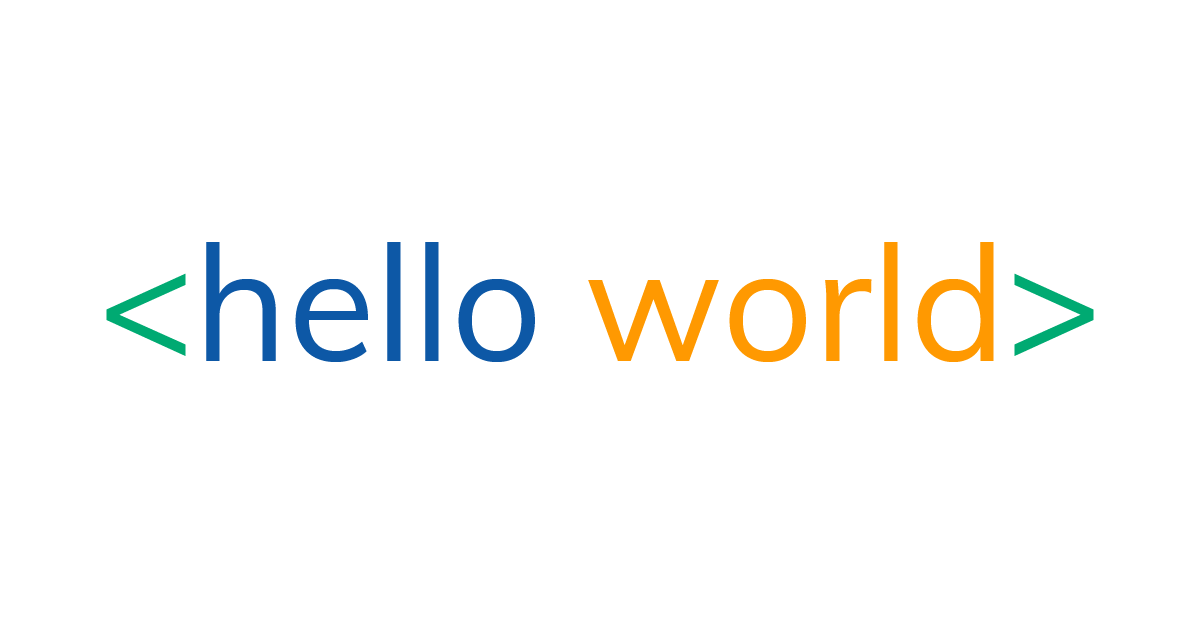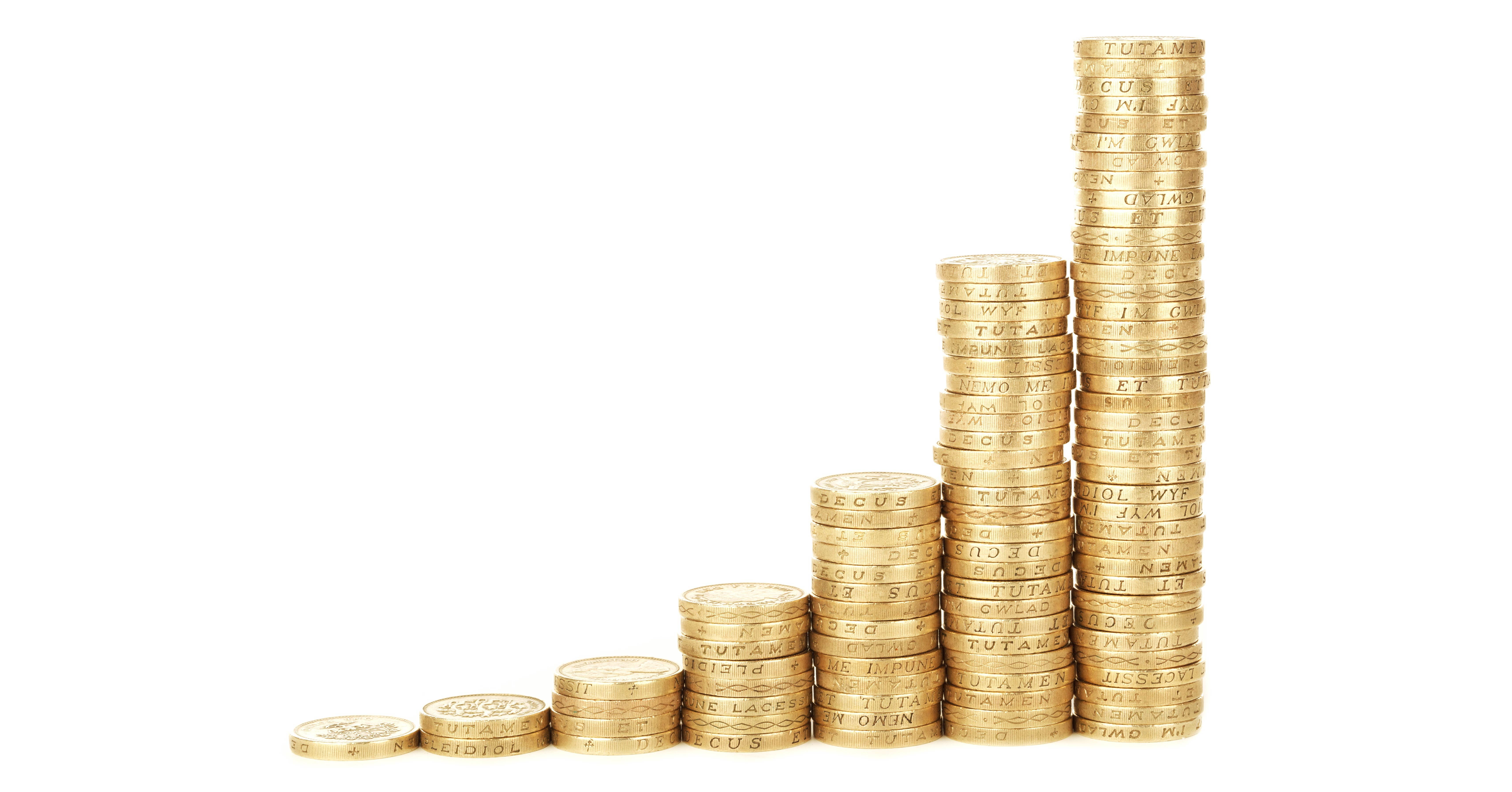How to optimize your savings
Should you save for retirement or pay off your student loans? Open a 529 plan or save for a house? You’ve probably asked yourself any number of similar questions before, and the answers aren’t always straightforward.
We wanted to explain how Farther thinks about your financial order of operations – the order and the types of accounts in which you should save and invest to maximize your wealth and minimize your taxes. We’ll caveat that this won’t be ideal for everyone in every situation (that’s where talking to one of our advisors might come in handy), but it should be a solid starting point for just about everyone.
Start with a firm foundation
Setting yourself up for success means building a resilient foundation to protect yourself against backslides.
-
Basic emergency fund – The most important thing to start with is covering the small emergencies that can put you in debt holes that are hard to dig out of. Begin by saving one month’s worth of expenses and learn more about the importance of emergency funds here.
-
Employer match – If your employer matches your company retirement plan contributions, you’re leaving money on the table by not meeting that match rate. It’s like an immediate guaranteed return on your savings. Make sure you get it!
-
Credit card debt – If you have credit card or any other high interest debt with a rate over 10%, you should pay that down next. Your return is effectively the interest rate on your credit cards, and it’s hard to beat a guaranteed return of that amount.
-
Enhanced emergency fund – The last step in building your foundation is to expand the safety net of your emergency fund to six months worth of expenses. This should be enough to comfortably cover whatever curveballs life throws at you.
Max out your tax advantaged accounts
As important as how much you save and how you invest those savings are, where you invest them can have a huge impact on your wealth as well. Keep more of what you save by maxing out your tax-advantaged accounts.
-
IRA – Even if your income is over the deductible limit, contributions to an IRA grow tax-free through retirement. Make sure you max out your savings each year.
-
Employer retirement plans – Now that you’ve maxed out your IRA, maxing out your workplace retirement account should come next - more on why here. These come in a few flavors (401(k), 403(b), TSP) but they all allow your contributions to grow tax-free through as well.
-
HSA – This one is a bonus if you happen to have access to it, because it acts just like a retirement account. The only catch is, you can only use the funds penalty free on medical expenses.
Tackle the big stuff
The biggest events in life tend to come with big price tags. Saving up for them and paying them off in the right way come next on the list.
-
High interest debt – Loans that you take out when you’re younger tend to come with higher interest rates. If you have student loans, car loans, credit cards, or any other high interest debt over 6%, now is the time to start paying that down or refinancing it.
-
Home down payment – Buying a first home will cost you 39% more than it did baby boomers and even more in many higher cost cities. That means saving for the 20% down payment will take time and a solid investment strategy.
-
529 plans – Saving into a 529 plan allows you to put your (and your friends and family members’) money into an account that grows tax-free just like a retirement account. This is a great way to save up for college without incurring extra taxes.
-
Big expenses – Have other big items you’re saving for? Starting a business, saving for a rental property down payment, or buying that boat you’ve always wanted each demand a savings strategy that fits when you plan to make that purchase.
Build a legacy
Now, it’s time to think about how to put additional savings towards purposes you care deeply about. This is the fun part where your choices are more personalized and limited only by your creativity.
-
Donor advised funds (DAFs) – To make the maximum impact, you want the most efficient investment vehicle. DAFs allow you to set aside money for charity and realize tax benefits immediately, then direct the funds to causes you care about over time.
-
Long-term savings – Not sure what you want to do with your savings yet? Investing in an account with a long term investment horizon allows you to benefit from higher risk, higher reward investments without worrying about weathering the daily and yearly ups and downs of the market.
-
Low interest debt – It can be helpful to keep your low interest debt rather than paying it down quickly if you can earn more with your money than the interest rate on the debt. That said, sometimes it just feels better to be debt-free.
Want to get started down your own optimized savings path now? Get early access to Farther by signing up below, and we’ll send you your 2019 Financial Checklist for free right away!
Taylor
Founder @ FartherTaylor thinks everyone should have access to great personal finance tools to get a little farther.

Why we're here

Why cash management

Time in the market, not timing the market
Stay up to date
Get the latest updates from the farther team.
Your future self thanks you for taking a step towards a more secure future!